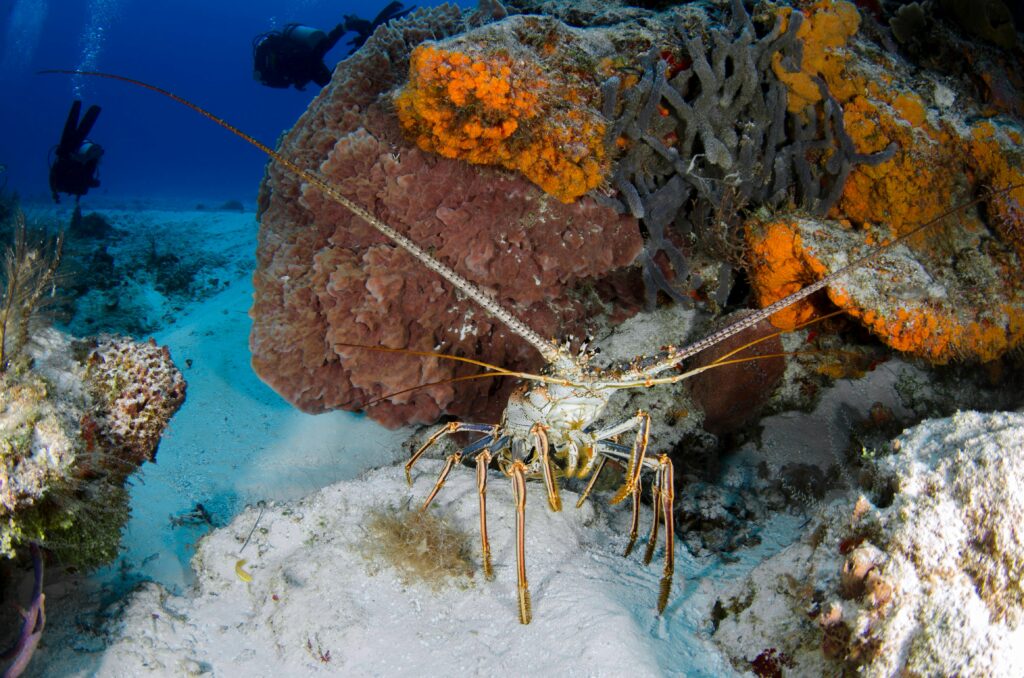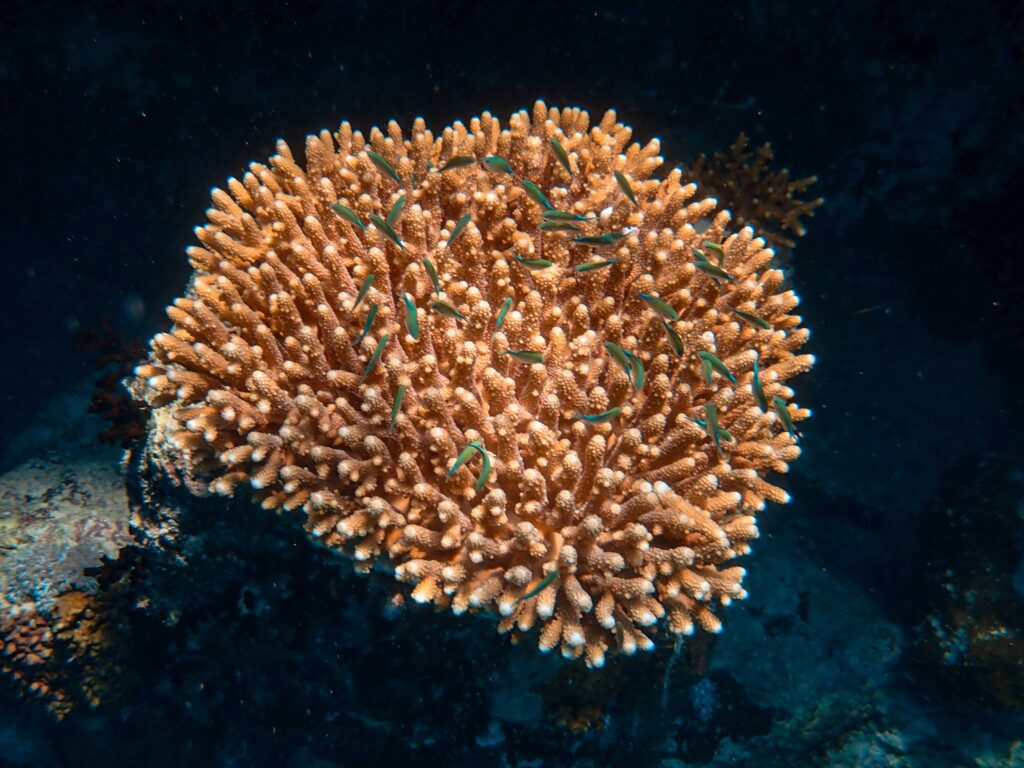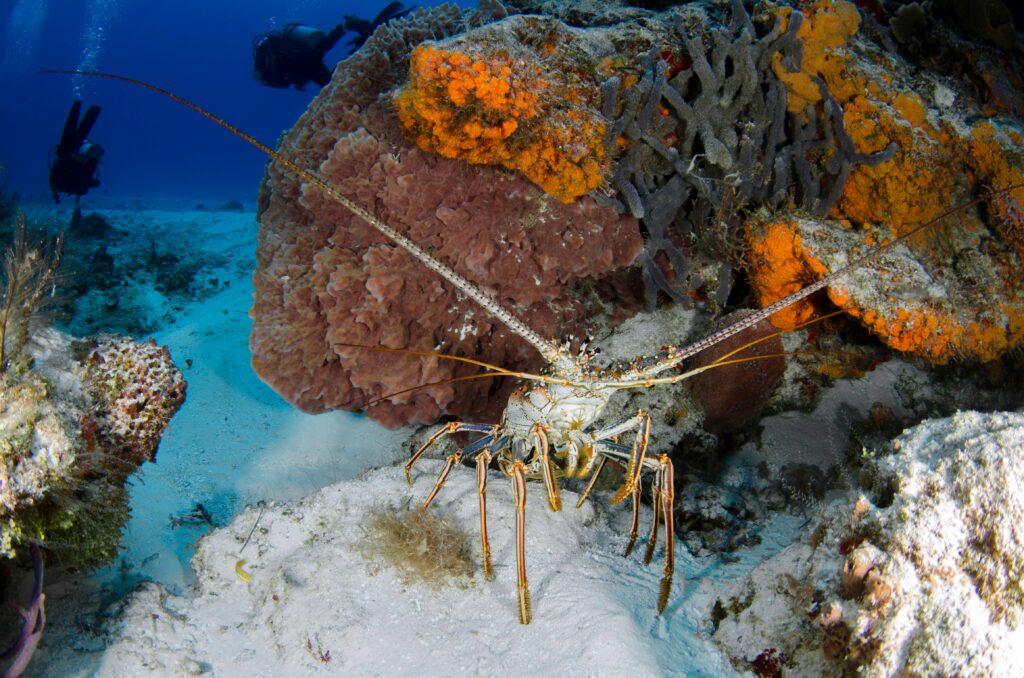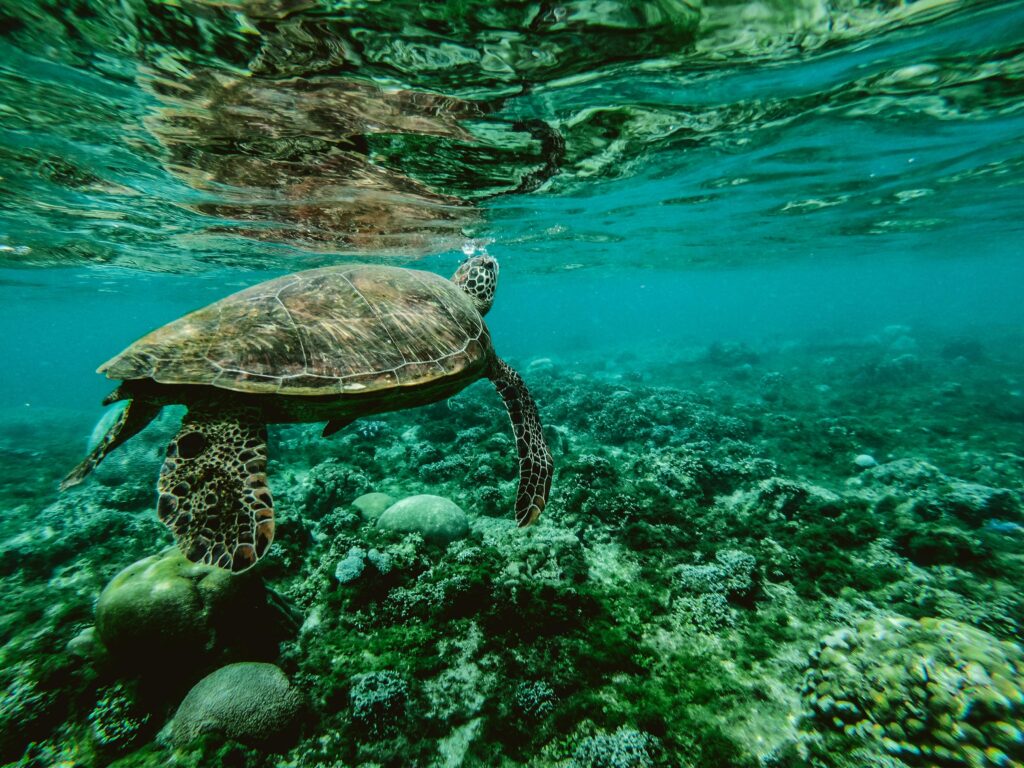Not a single diver has ever had trouble learning how to shoot pictures underwater!
You have undoubtedly been on a dive where the majority of the photos you took turned out to be entirely blue.
Eventually, while experimenting with your submersible camera, you manage to get a respectable image including striking contrasts between rich deep blue and warm hues like purple, red, yellow, and many more. Error or not? It can’t be, surely
When I eventually captured a wonderfully lit underwater photo, this is how my underwater photography journey began.
I was only able to take those amazing pictures that looked like they belonged in magazines using an underwater small camera with an inbuilt flash.
I therefore started searching everywhere I could for advice on underwater photography. With the advent of the internet, our resources were limited to a handful of periodicals and books on underwater photography.
Also Read: A Stroll Through Time: The Lena Horne Bandshell in Prospect Park
Knowing the Fundamentals of Underwater Photography
I was enlightened by the amazing underwater photos that were consuming my thoughts as soon as I started reading and discovering evaluations of good underwater photography. Acquiring knowledge of the fundamental terminology of photography aided me in understanding what and how to shoot quality underwater images.

Flash light, continuous light, depth of field, ISO, shutter speed, aperture, and so on. However, how will I become an expert in underwater photography?
The Most Crucial Ability to have before using a Camera at all
I realized that learning to dive safely and responsibly came first before anything else. It did not take me long to figure out that lifting sand would not improve my underwater photos with lots of particles and backscatter. Therefore, on my typical dives, I was constantly thinking about practicing my breath control and BCD management because buoyancy was so important!

In addition to worrying about losing weight, I also noticed that occasionally my camera was throwing off my equilibrium.
It took some time and practice to be able to maneuver an extra piece of gear. My ability to move more gracefully underwater and to control my jerky, quick motions improved, both of which were very helpful when I went up to the fish and other reef creatures.

Learning to dive well will not only help you treat the reef with more care, but it will also enhance your photos by lowering backscatter and allowing you to approach your subjects more skillfully and confidently because you won’t appear as awkward or frightening! It is only then that you have to comprehend the underwater light’s state.
Knowing the Effects of Light Beneath Water
The sun is the primary source of light beneath the surface, so why are my colors so vivid when I take a picture from above and entirely blue when I take one from below? The sun’s white light is made up of a spectrum that includes every hue visible to human vision as well as other colors like infrared. Due to the water column’s absorption of the hues, which have distinct wavelengths, they will vanish.
Generally speaking, the warm colors—red and yellow in particular—are the first to fade. At depths greater than ten meters, greens and blues will predominate as the primary light source. For this reason, it is inconvenient to use the sun as your main source of illumination when submerged. What steps should we take then to restore the colors in your underwater photos?
How to take Vibrant Underwater Pictures
It was time for me to upgrade to a better housing and underwater camera, along with a suitable light source—a nice underwater strobe!

I was thinking of just one thing as I traveled to my first vacation in the UK! I have to head straight to the camera store when I get here. So much fun stuff to play with.
Following a fruitful discussion with Steve and Dan, it became evident that I needed to start with an underwater strobe. Strobes are waterproof external flashlights that capture light absorbed by submerged objects. So, your strobes will be your best friends if you’ve ever pondered how to take colorful underwater shots!
Since Inon uses AA batteries, I went with them right away, and 20 years later, I’m still using them. They most certainly shown their value!
Prioritize Choosing your Housing over your Camera.
Now, here’s my advice: the home decision presented another challenge. Prior to selecting your camera, you must decide on your underwater housing and any additional features it may hold. Indeed, not every camera comes with a casing. and if they do, they aren’t always dependable and adaptable.
Additionally, I purchased the Inon UFL-165AD, my first wet addition lens, which was quite helpful in allowing me to go up close to my subject while maintaining a wide angle perspective. Images will be sharper and have better contrast if there is less water between you and your subject. This will also reduce the amount of warm light lost from my strobe and particles in the photo.
learning how to snap amazing pictures when submerged
Returning to Mauritius I was dependent on my camera for survival. It was just as vital as my mask and regulator. It took me several years to become an expert in underwater photography, particularly in terms of composition. I learned that chasing fish was pointless while diving with a camera.
There’s only the tail to catch! I became more conscious of the fish’s behavior and body language after finding out what they enjoy and dislike. I picked up their reading and thought patterns. Capturing quality underwater photos also forced me to become a more knowledgeable and skilled underwater naturalist.




